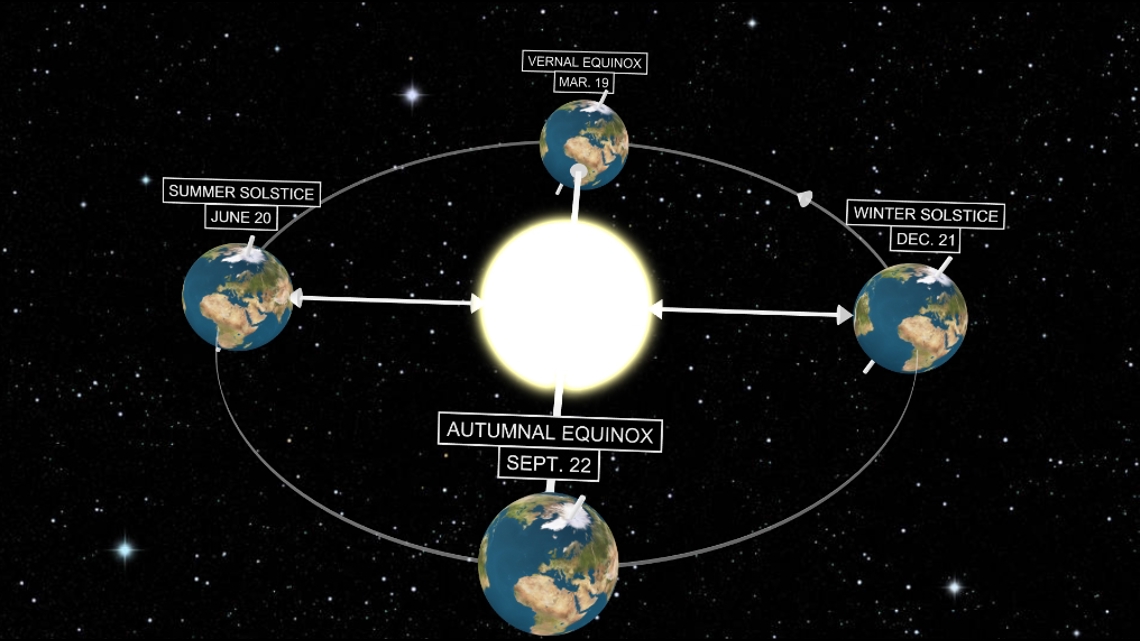ATLANTA — Today is the official first day of astronomical summer or the summer solstice.
The exact moment when the sun is at its highest point in the sky each year marks the solstice, which will take place at 4:51 p.m. EDT.


It is also known as the longest day of the year, as today and the days surrounding it will have the most hours of daylight in a 24-hour period. The sun rises in Atlanta at 6:27 a.m. and will set today at 8:51 p.m., giving us approximately 14 hours and 23 minutes of daylight. Daylight hours will get shorter from here.


What makes this Summer Solstice special is the early start date. Summertime starts on June 21 during most calendar years. But this year, it begins a day early, making it the earliest one since 1796—or when George Washington was president. The reason is that it involves a lot of astronomy and calendar fiddling.
According to USA Today: “The early solstice is due to the complex dance between Earth’s yearly orbit around the sun and its daily rotation, along with how we mark the solstice on our calendars. Quirks in the Gregorian calendar mean the solstice will make another jump earlier every leap year until the year 2100.”
Although it is the first official day of Summer here in north Georgia, the weather has been hot enough that most believe summer began a while ago.
Why do we have solstices?
The height of the sun in the sky changes each day because the Earth spins on an axis that is tilted roughly 3.5 degrees away from vertical. This means the northern hemisphere, where we live, will lean toward or away from the sun, depending on the time of year.
This is what gives Earth its seasons: When the northern half of the planet leans toward the sun, it experiences summer; at the same time, the southern half of the planet leans away from the sun and is in winter. It is not known why the Earth has this tilt, but scientists believe the tilt is what leads to life on the planet.


In the Northern Hemisphere, the summer solstice occurs when Earth’s tilt toward the sun is greatest. Even though the sun is at its highest peak, hotter temperatures occur during the months of July and August. Clearly, it takes time for the sun's light to warm the Earth.
Do other planets in our solar system have solstices?
The short answer is yes. All the planets in our solar system have an axial tilt, but some are tilted way more than others.
Venus and Jupiter have only slight leans, around 3 degrees, while Mercury, at 0.03 degrees, is barely slanted at all. On the other hand, Uranus is oriented a whopping 97.8 degrees from vertical, causing one of its poles to point directly at the sun at times. That extreme tilt causes it to have some of the most dramatic seasons in our solar system.
Saturn and Neptune both have tilts close to Earth’s. So does Mars, at 25.2 degrees, although the red planet’s tilt has shifted dramatically over millions of years.

